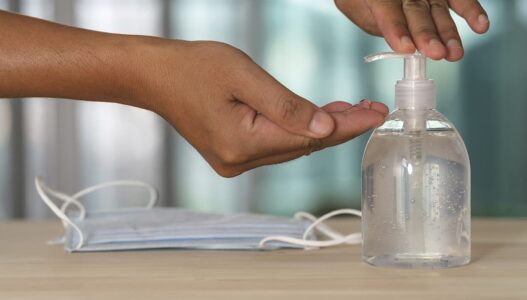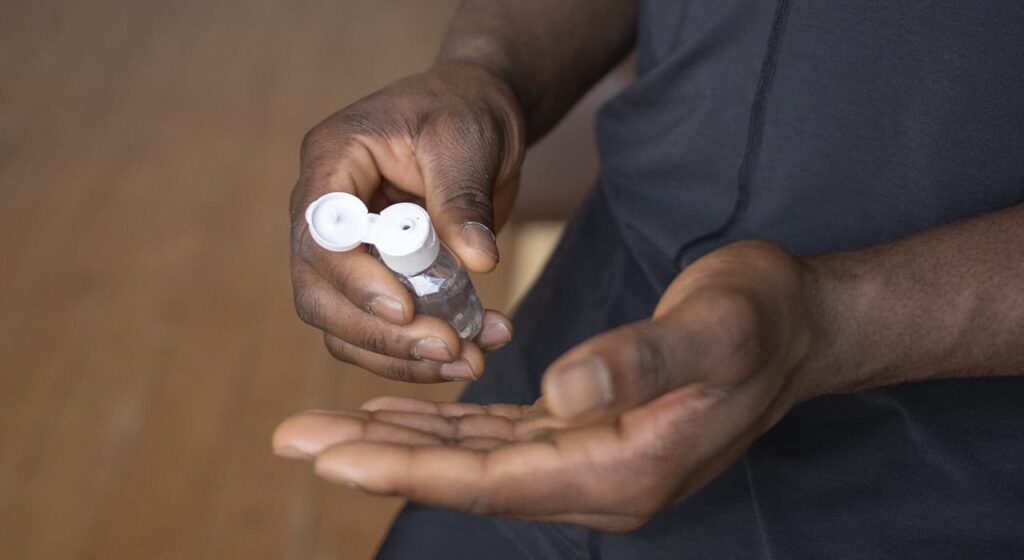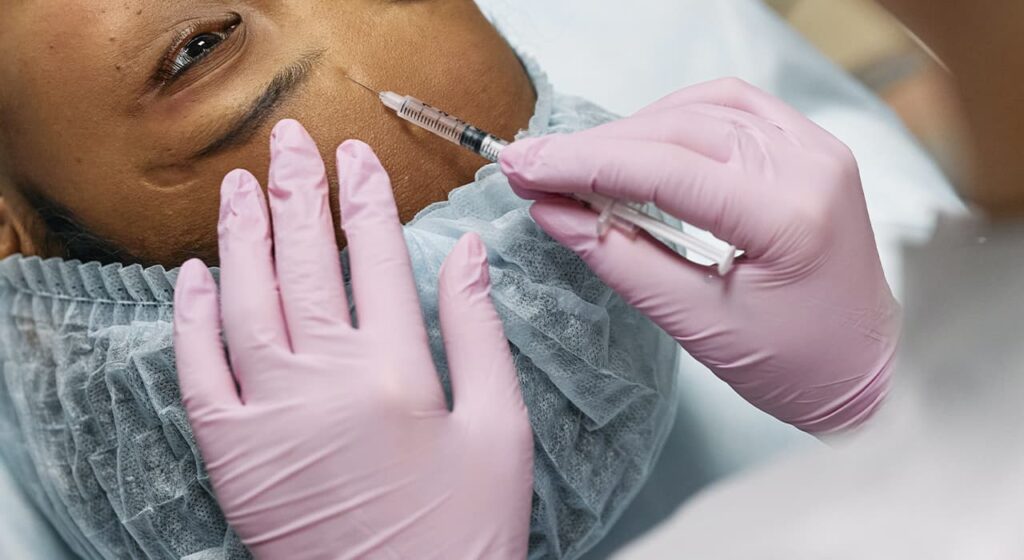When choosing a disinfectant, you need to clearly define the requirements for it. You should pay attention to the presence of such properties:
- broad spectrum of action
- potency
- insensitivity to external factors
- no toxicity
- no negative effect on treated surfaces
- residual effect on treated objects
- ease of use
- odorless
- economical
- solubility
- stability
- detergent properties
There is no ideal disinfectant that meets all the above requirements today. Based on the requirements and taking into account the profile of a particular medical facility, it is necessary to develop criteria for selecting disinfectants for use in medicine from the list of recommended disinfectants, which should include:
- The properties of the materials and items to be disinfected. For example, for the treatment of premises, the choice should be made according to the preparations that have been described in the recommendations for the possibility of their use in this facility.
- spectrum of antibacterial action. By this criterion disinfectants are evaluated in relation to their detrimental effect on viral, bacterial and fungal pathogens. However, some drugs disinfect not all of the listed species
- Possibility of combining the stages of treatment of medical products. The market offers a large number of preparations with combined action, which provide disinfection and sterilization simultaneously or combine pre-sterilization cleaning and disinfection. There are also agents that have a universal action. They can be used both for disinfecting medical instruments and for disinfecting surfaces, furniture, medical equipment, utensils, linen, sanitary equipment, and cleaning equipment. Means that have properties other than disinfectant (disinfection of surfaces + deodorizing + washing effect) facilitate the work of nursing staff
- shelf life of prepared working solutions and possibility of their multiple use. This property of a disinfectant affects its economic profitability for a health care facility. It should be remembered that some modern disinfectants used in medicine can be used for only one shift, while other solutions can be used for 1-3 weeks. Thus, each particular healthcare facility shall be able to choose a convenient disinfectant out of wide range of disinfectants with different shelf life of ready disinfectant solution
- convenience in work with disinfectant. The very concept of “usability” means its solubility, form of output, temperature mode of action of disinfectant, smell, conditions of preparation, stability during storage, time of action
- degree of toxic effect on people. Toxicity of the drug is manifested by inhalation, ingestion of the disinfectant in the gastrointestinal tract and in contact with the skin. The most serious is undoubtedly the inhalation effect on humans. Inhalation of the disinfectant is much more common compared to accidental ingestion. The inhalation hazard is evaluated according to the area of acute toxic effect. In health care facilities, preparations belonging to hazard classes 3 and 4 can be used (class 3 – moderately hazardous agents, which can be used by medical staff without personal protective equipment, but in rooms where patients are discharged; class 4 – low-hazard agents, the use of which is acceptable in front of patients). This is especially important when choosing a disinfectant to be used for routine cleaning
- degree of aggressiveness towards the disinfected material
- cost-effectiveness. Calculated by calculating the cost of one liter of the working solution. Consider the length of time during which the working solution is suitable, and remember that some products are concentrated.
One of the tasks of the head nurse is to control the preparation of disinfectants, in particular, to observe the necessary concentration. The use of disinfectants with low concentrations leads to the emergence of resistant strains of microorganisms. This leads to lack of measuring well graduated dishes, scales, guidelines at the workplace, improper storage of disinfectant, etc. In addition, the correct calculation of the required amount of solution is very important. For this purpose, take into account the multiplicity of immersion not more than five times. After treatment of heavily contaminated medical instruments, it is likely that further use of the prepared solution will be impossible.



